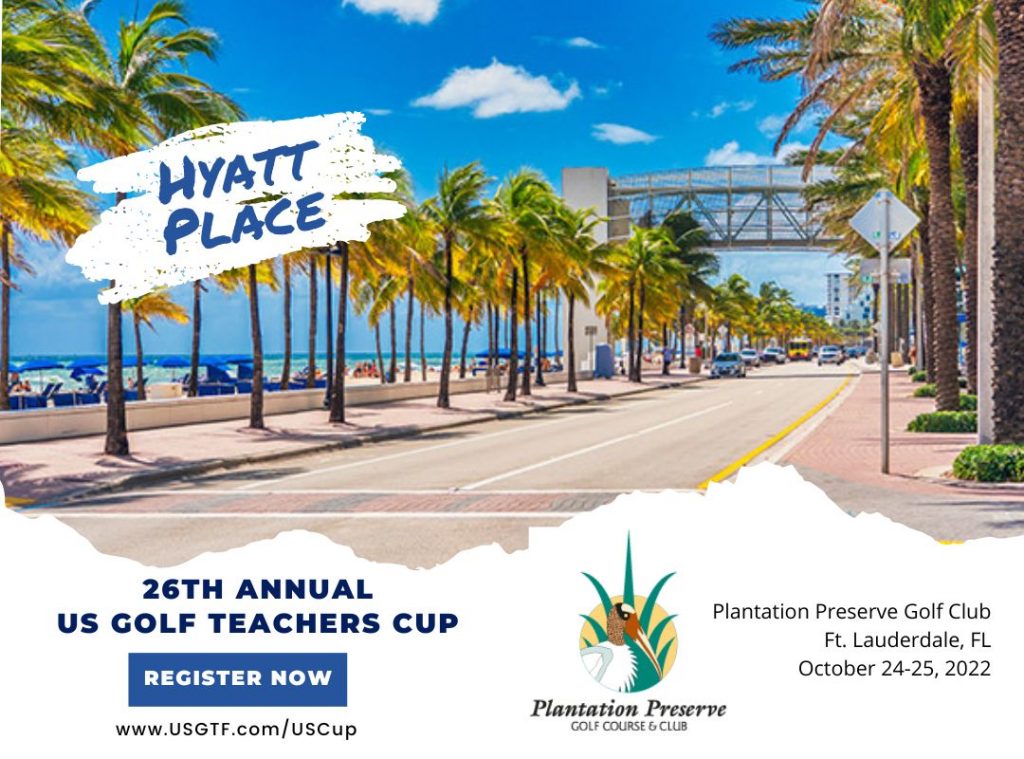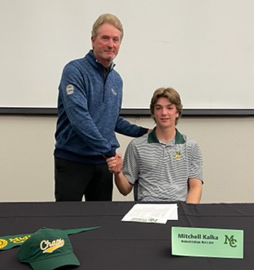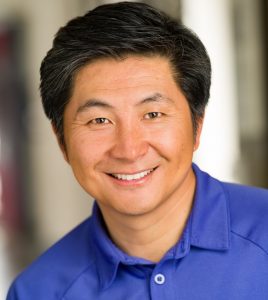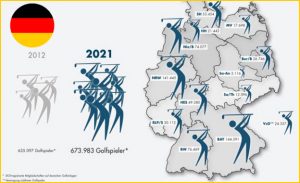News From Japan

,
By Hajime Morita, Director, USGTF-Japan Though the global spread of the coronavirus continues, the number of infections in Japan is decreasing, with about 60 percent of the population receiving three doses of the effective vaccine. We are gradually returning to normal pre-COVID life. The Japanese government reopened borders to foreign tourists on package tours on June 10. The requirement to wear a face mask outside will be eased soon. As outdoor recreation is recognized to reduce the risk of infection, more and more people got interested in outdoor sports they can enjoy with friends. Golf is a sport played in a large outdoor space and has a lower risk of infection. That is why many players have come back to the golf courses. Most golf courses in Japan are now crowded with a lot of enthusiastic golfers. By taking every possible measure to prevent infections, USGTF-Japan is continuing the same activities we used to do before the pandemic. Along with the growing popularity of golf, the demand for golf teaching professionals is increasing. Our members are now needed more than ever among golfers who want to improve their golf, because they have learned the USGTF`s teachers learned proper methodology and they dedicate their passion for teaching golf to their students.








